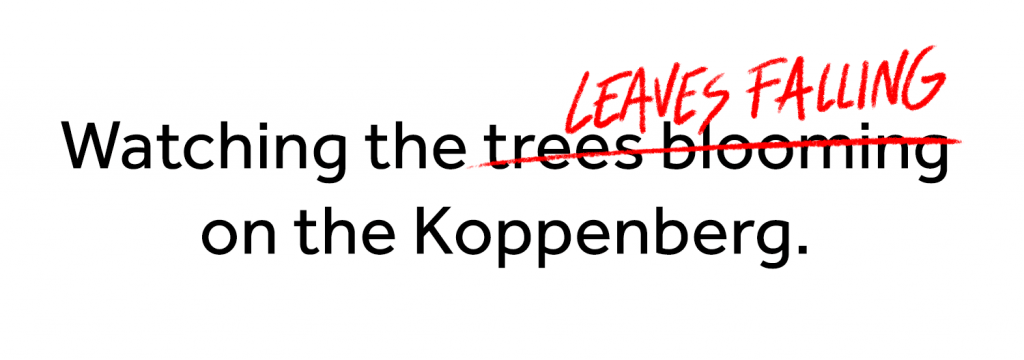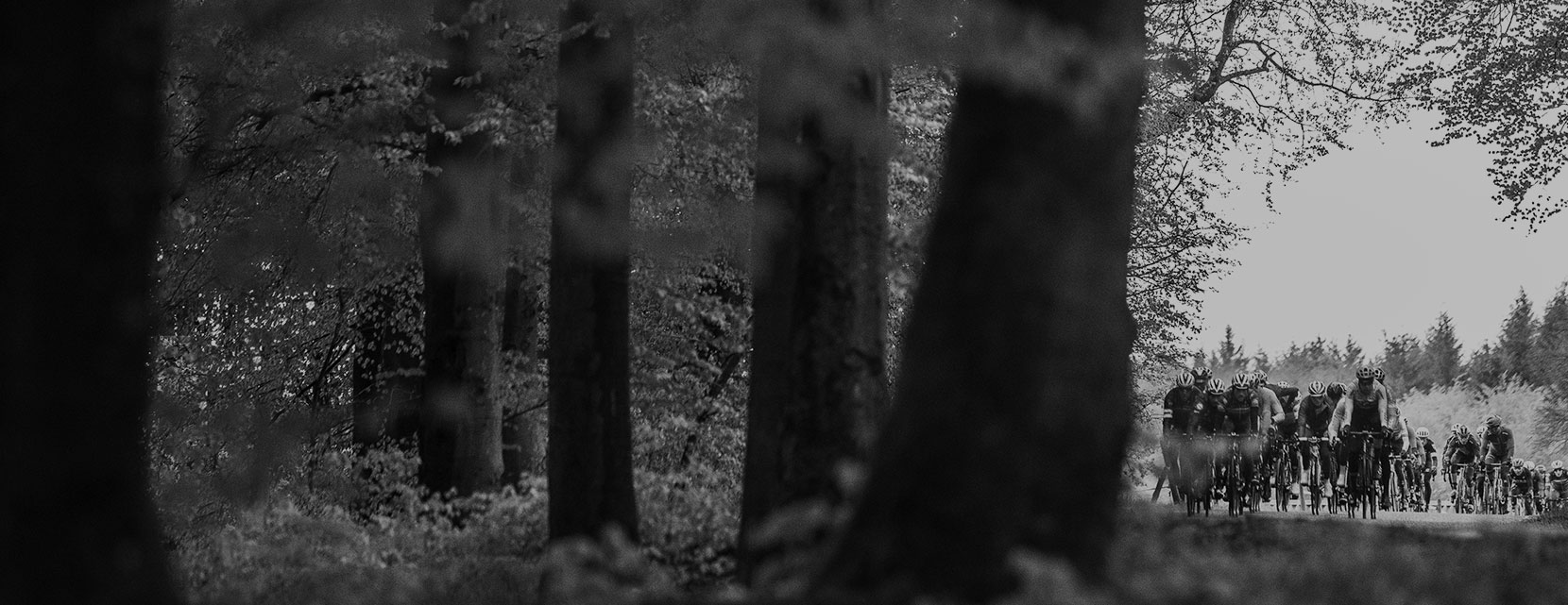Spring in the Flemish countryside is marked by warming temperatures, blooming flowers, and of course, cycling. Introduced over a century ago, the Tour of Flanders has been an uninterrupted tradition in Belgium every year since it last took a brief break for the first World War. An event as unstoppable as the riders themselves, when WWII raged across Europe, De Ronde, as it’s also known, kept rolling, becoming the only Classics race to take place on occupied German soil.
Along with its late-season slot, the Tour of Flanders will take place on a shorter course for its 104th edition, cutting the typical 267km route down to an only-slightly-slimmer 241km. Yet even though the total distance has been trimmed, seventeen (mostly cobbled) climbs coupled with five additional pavé segments guarantee a full serving of excitement this Sunday. After all, it’s De Ronde’s iconic climbs that have become emblematic of the event, helping earn the race its nickname, “Vlaanderens Mooiste,” or “Flander’s Finest”.

Like the rest of this year’s Spring Classics, the Tour of Flanders finds itself in an unusual position, overlapping with other races, such as the Giro in Italy, and no longer playing the part of predictor for the future of the cycling season or predecessor to the recently cancelled Paris-Roubaix. Shifting dynamics in the field of competitors will also have their impact on the cobbled climbs of the Paterberg, Muur-Kapelmuur, Koppenberg and more, yet with a hundred years of tradition and a determined line-up of riders ready for the challenge, the 2020 edition of the Ronde van Vlaanderen promises plenty of memorable moments as riders make history again under the budding spring (colourful autumn) leaves of the picturesque Flemish countryside.












